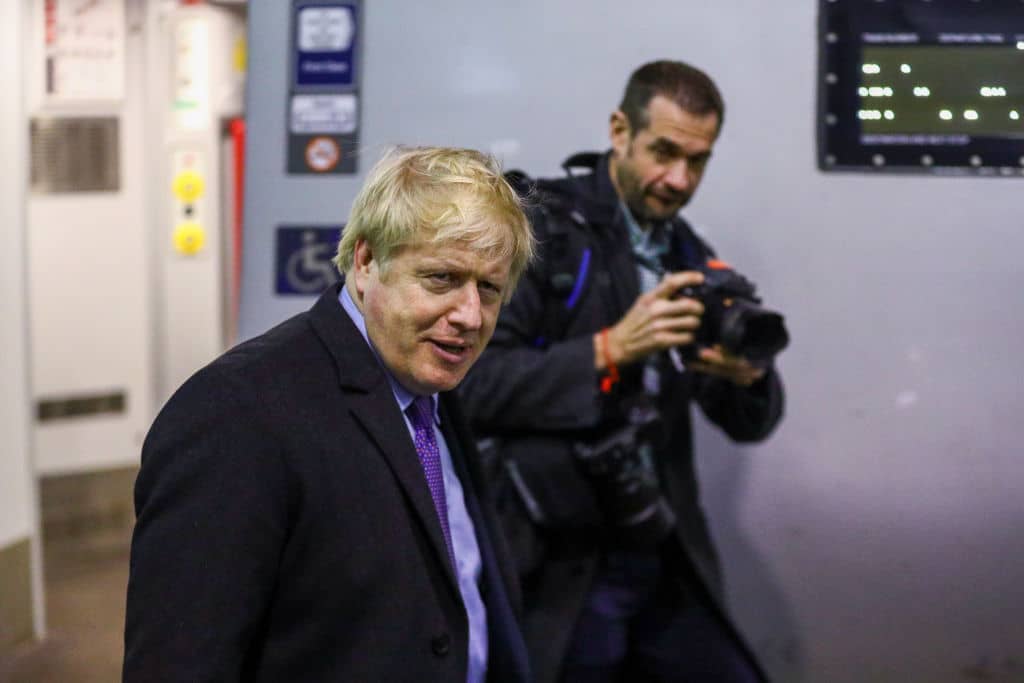Imagine if we gave the rail unions what they really wanted, and renationalised the railways. Would they then leave us alone and get on quietly with the job of driving trains, clipping tickets and so on? Like hell they would. Thankfully, Nicola Sturgeon has just tried this very human experiment, so that the Westminster government does not have to. On 1 April, railway services north of the border were taken back into public ownership so that, as the unions would put it, passengers could once again be put first and profits no longer drained away by nasty private companies rewarding their evil shareholders.
And the result? Er, a national rail strike – just the same as the unions are threatening in England. Just seven weeks in, passengers in Scotland have found themselves back where they started: with ScotRail drivers calling for an overtime ban, resulting in several hundred services a day being withdrawn. No, passengers are not being put first. The only people that matter as far as the rail unions are concerned are trade unionists.
Like the NUM, the rail unions are engaged in a futile effort to preserve jobs which in many cases are no longer needed
Sooner or later, the government is going to have to take on rail unions just as Mrs Thatcher took on the NUM: by destroying them. The unions do not see their job simply as representing their members, negotiating with employers and occasionally finding themselves unable to compromise. They see their job as fermenting revolution. The RMT in particular has spent years spoiling for fights. Its general secretary Mick Lynch called last year for rail unions to take a ‘militant stand’, telling the Guardian that ‘all I want from life is a bit of socialism.’
Like the NUM, the rail unions are engaged in a futile effort to preserve jobs which in many cases are no longer needed and should have been abolished decades ago. Trains have not needed guards since the mid 19th century when the invention of block signalling did away with the need to defend a broken-down train by running back down the line to warn approaching trains. Many commuter trains have run perfectly safely since the early 1980s with driver-only operation. As for drivers, in many cases they are not required, either. Driverless trains are not futuristic – they have existed for over 40 years. There are now over 100 metro systems in the world which run without drivers – at much lower expense and with the threat of strikes eliminated. On lightly-used rural lines, where traffic levels do not justify investment in driverless operation, it still makes sense to employ drivers, but there is no excuse for doing so on the London Underground.
Why has no UK government automated the tube? Presumably because none has been brave enough to counter the all-out strike which would almost certainly result from the announcement – politicians have been too fixated on short-term disruption to take advantage of long-term gain. But Covid has given the country a perfect opportunity. With passenger levels still only 75 per cent of pre-Covid levels – and commuter traffic still especially light, the country can bear a rail strike for as long as it takes to convert lines to driverless.
I don’t know why the government is trying to force everyone back to the office. It would be far better for the time being to continue to embrace working from home – and use the opportunity to take on the rail unions and automate the trains.







Comments